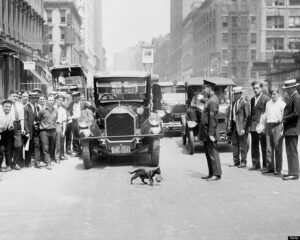 Thank you for following my Blog for the past years. As of today, April 1, 2024 I am officially moving to my new Substack platform called Animal Politics.
Thank you for following my Blog for the past years. As of today, April 1, 2024 I am officially moving to my new Substack platform called Animal Politics.
By subscribing to my Animal Politics Substack you’ll be able to share my insights and expertise in animal welfare garnered from decades of groundbreaking leadership. With a track record of transforming animal care agencies and communities, around the country, I provide invaluable knowledge and strategies for advancing animal welfare initiatives.
My visionary approach, coupled with practical advice and innovative programs, makes Animal Politics a must-read for anyone passionate about making a positive impact in the realm of animal welfare. You also get full access to the publication archives.
At Animal Politics we’ll be able to share and discuss proven no-kill strategies for animal shelters and communities; and explore the intersection of animals and politics, covering topics such as animal welfare legislation, advocacy, and the political landscape surrounding animal issues.
Please join me there so we can continue to make a difference wherever we are on behalf of the animals we love. If you have topics or questions you’d like me to address at Animal Politics just let me know via this email address: animalpolitics8@gmail.com








